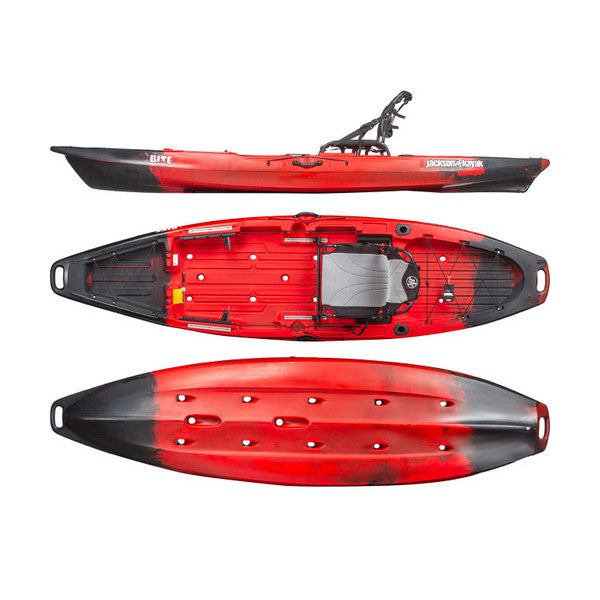
Jackson Bite Angler Fishing Kayak
Length: 11'6" | Width: 35" | Weight: 74lbs | Carrying Capacity: 400lbs

Johnathan, Travis & JT discuss the pros & cons of Big Fishing Kayaks vs. Small fishing kayaks. Does fishing kayak length play a role in stability, comfort, tracking and speed? How do you know what size of fishing kayak is right for you?
We talk about how fishing kayak length, width, weight and hull design play a key factor in:
We also discuss the questions you should ask when researching which kayak is best for you. What type of water will you be on most and how do you want to propel your kayak (paddle, pedal, power) are just a few questions we want you to think about when choosing the best fishing kayak for you. Check out the full video as we weigh the pros & cons of long fishing kayaks, short fishing kayaks, wide, heavy and light fishing kayaks.
Factors to Consider When Deciding if a Big or Small Kayak is Right For You
Stability
One of the most critical factors in a fishing kayak is stability. Since anglers need to cast, reel, and sometimes stand up while fishing, a stable platform is essential. Wider hulls and pontoon-style designs provide better balance, reducing the risk of tipping over. If you plan on standing while fishing, look for a kayak specifically designed for stand-up stability.
Greater size does not always equal greater stability. It can be brand-specific but largely depends on hull design. Longer kayaks will provide more stability in moving water or bigger water like large lakes and off-shore.
Comfort & Seating
Since fishing often involves long hours on the water, a comfortable seat is a must. High-quality fishing kayaks come with padded, adjustable seats that provide lumbar support. Elevated seating also improves visibility and keeps you drier. Look for breathable materials to stay cool during hot days on the water.
A longer kayak may provide some additional cockpit space for larger anglers, however, added kayak length may provide more storage space in the bow and stern and not in the sitting area. If you plan to take a lot of gear and electronics with you, a longer kayak will provide more space for your accessories and keep your cockpit area free of clutter.
Storage & Gear Management
A great fishing kayak should have plenty of storage for your tackle, rods, and other essentials. Features like dry storage compartments, tank wells, and bungee rigging help keep everything organized. Some kayaks also come with built-in rod holders, gear tracks, and tackle tray slots to enhance convenience.
This one is straight-forward – Longer kayaks have more storage space for your gear. If you are someone who plans to load up on accessories and likes to take a lot of tackle out with you, a longer kayak may be a better fit to not only store your gear but have the weight capacity to handle it. If you are an angler who likes to take minimal gear, then a longer kayak may have wasted space.
Tracking & Maneuverability
A good fishing kayak should be easy to control, whether you’re paddling through narrow inlets or maintaining a straight course in open water. Longer kayaks (12+ feet) typically track better and are ideal for lakes and open water. Shorter kayaks (10-12 feet) offer better maneuverability, making them suitable for rivers and tight spaces. A rudder or skeg system can further improve tracking. Hull shape can also play a large role in how well your kayak tracks.
Weight & Transportability
Consider how you'll transport and store your kayak. Lighter models are easier to carry and load onto a vehicle, but heavier kayaks tend to be more stable. If you fish solo and don’t have a trailer, a lighter kayak (under 70 lbs) might be a better choice. Some models offer carry handles and wheel systems for easier transport.
Fishing kayaks in particular are difficult to transport on your rooftop. In many cases a trailer is needed and should be factored into your budget. As mentioned above, kayaks with propulsion systems become very heavy very quickly. Longer kayaks mean heavier kayaks. Consider how you plan to transport your kayak before buying. If you are going to wet launch with a trailer, size will not be ask big of an issue. If you are going to drag or carry, you'll want a smaller, lighter kayak.
It is easy to get wide eyes when dreaming of your perfect kayak setup. We see some of the craziest setups around in our line of work. But, those kinds of advanced setups with all the bells & whistles are not necessary for everyone. Sometimes, it is easier to take fellow kayakers' word for it rather than a retailers. That's why we created the Kayak Anglers Resource - a community of kayak anglers who share their experiences, ask questions and give honest reviews and assessments of kayaks and accessories. We can share our expertise until we are blue in the face, but a fellow anglers words often mean more.
Now that you have had a chance to learn a little bit more about our resources and what makes a good fishing kayak, let's jump into some of our favorites for 2025.

Length: 11'6" | Width: 35" | Weight: 74lbs | Carrying Capacity: 400lbs
Length: 9'11" | Width: 33" | Weight: 77lbs | Carrying Capacity: 400lbs

Length: 11'5" | Width: 34.5" | Weight: 85lbs | Carrying Capacity: 425lbs
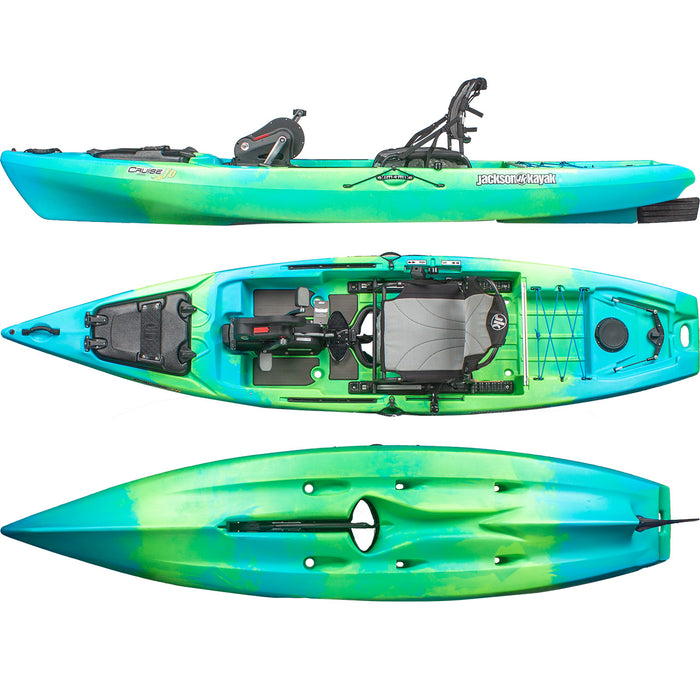
Length: 11'10" | Width: 33" | Weight: 89lbs | Carrying Capacity: 400lbs
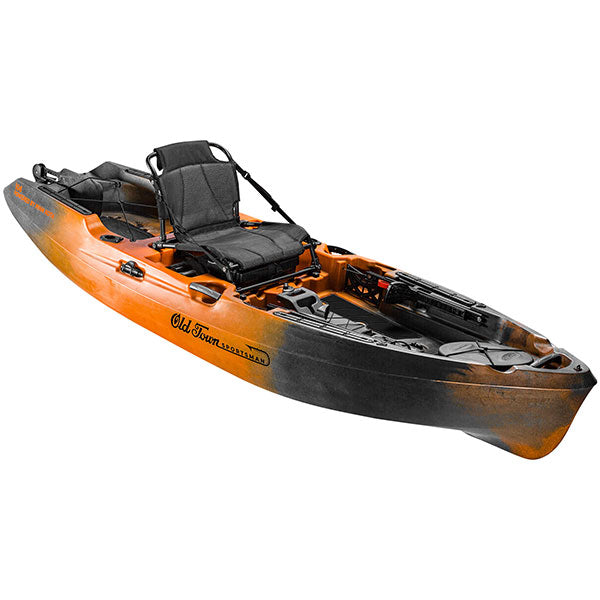
Length: 10'6" | Width: 37" | Weight: 121lbs | Carrying Capacity: 525 lbs
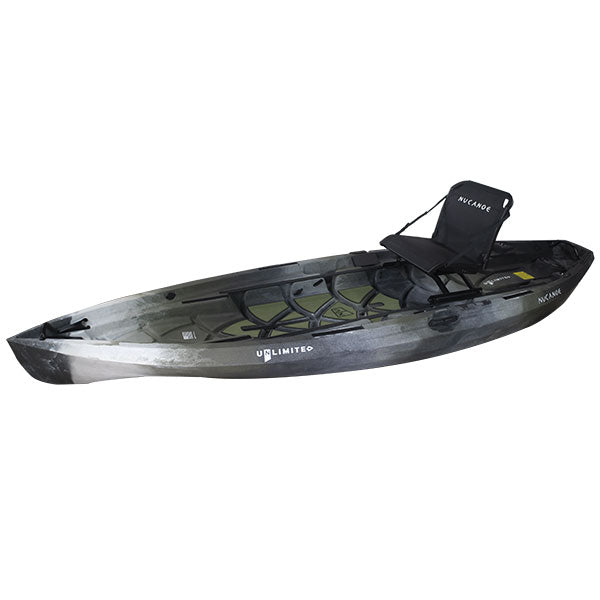
Length: 12'6" | Width: 41" | Weight: 80 | Carrying Capacity: 600lbs
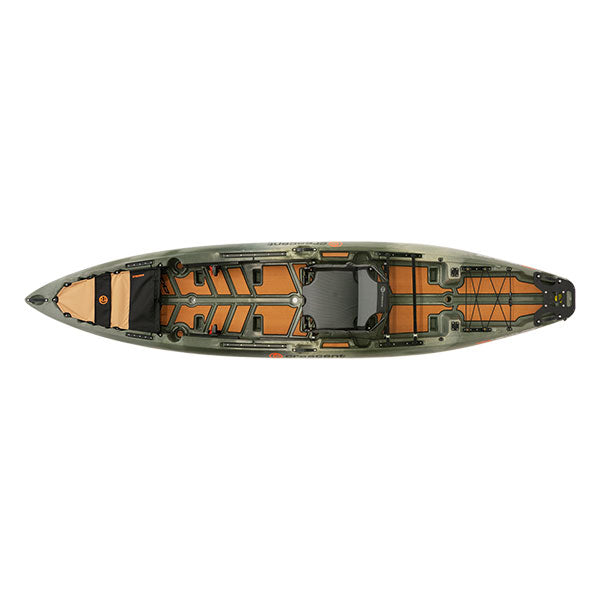
Length: 13' | Width: 35" | Weight: 85 | Carrying Capacity: 600lbs

Length: 13'3" | Width: 40" | Weight: 149lbs (rigged) | Carrying Capacity: 550lbs

Length: 13'2" | Width: 36" | Weight: 132lbs | Carrying Capacity: 500lbs

Length: 13'8" | Width: 38" | Weight: 144.5lbs | Carrying Capacity: 600 lbs
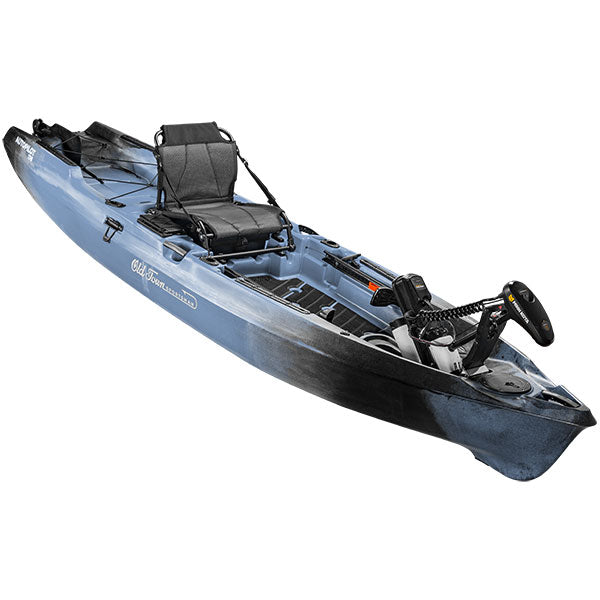
Length: 13' 6" | Width: 37" | Weight: 152 lbs | Carrying Capacity: 660 lbs
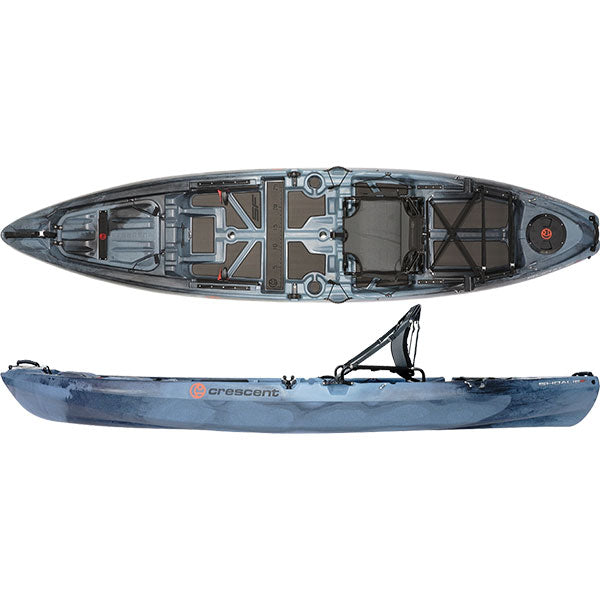
Length: 11'10" | Width: 34" | Weight: 77lbs | Carrying Capacity: 450lbs

Length: 10'10" | Width: 41" | Weight: 72lbs | Carrying Capacity: 500lbs
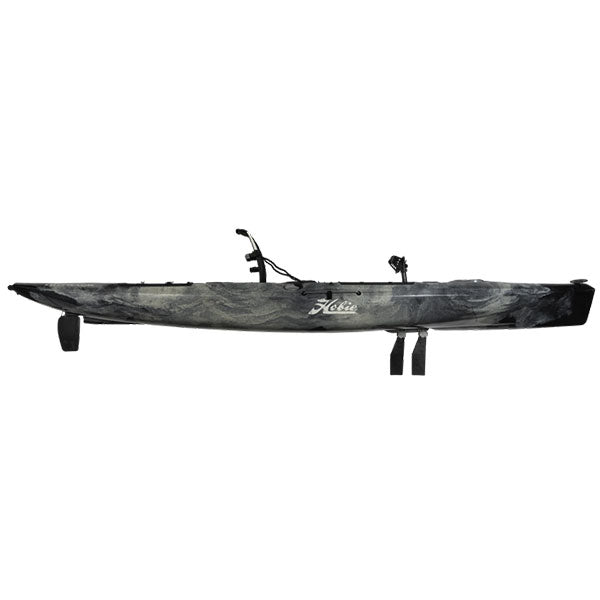
Length: 12'9" | Width: 34" | Weight: 103lbs | Carrying Capacity: 425lbs

Kayak Black Friday Sales start now! Check out our best kayak deals available on Black Friday that include Fishing Kayaks, Motors and kayak accessories. We share our 10 best fishing kayak and accessory Black Friday deals as well as resources to help make your decision easier.

Improving your fishing kayak's storage & organization is a constant process. Storage accessories boil down to four main categories: Crates, rail accessories, seat storage and dry bags. We walk through each type and share our favorite kayak storage and organization accessories.

What is Camino Journey? Camino Journey is CAJO kayaks — an all new entry to the fishing kayak market. CAJO kayaks are built serious anglers & pleasure paddlers alike. With a focus on using every inch of their kayaks CAJO makes the most of your deck space with innovative new accessories and built-in features.